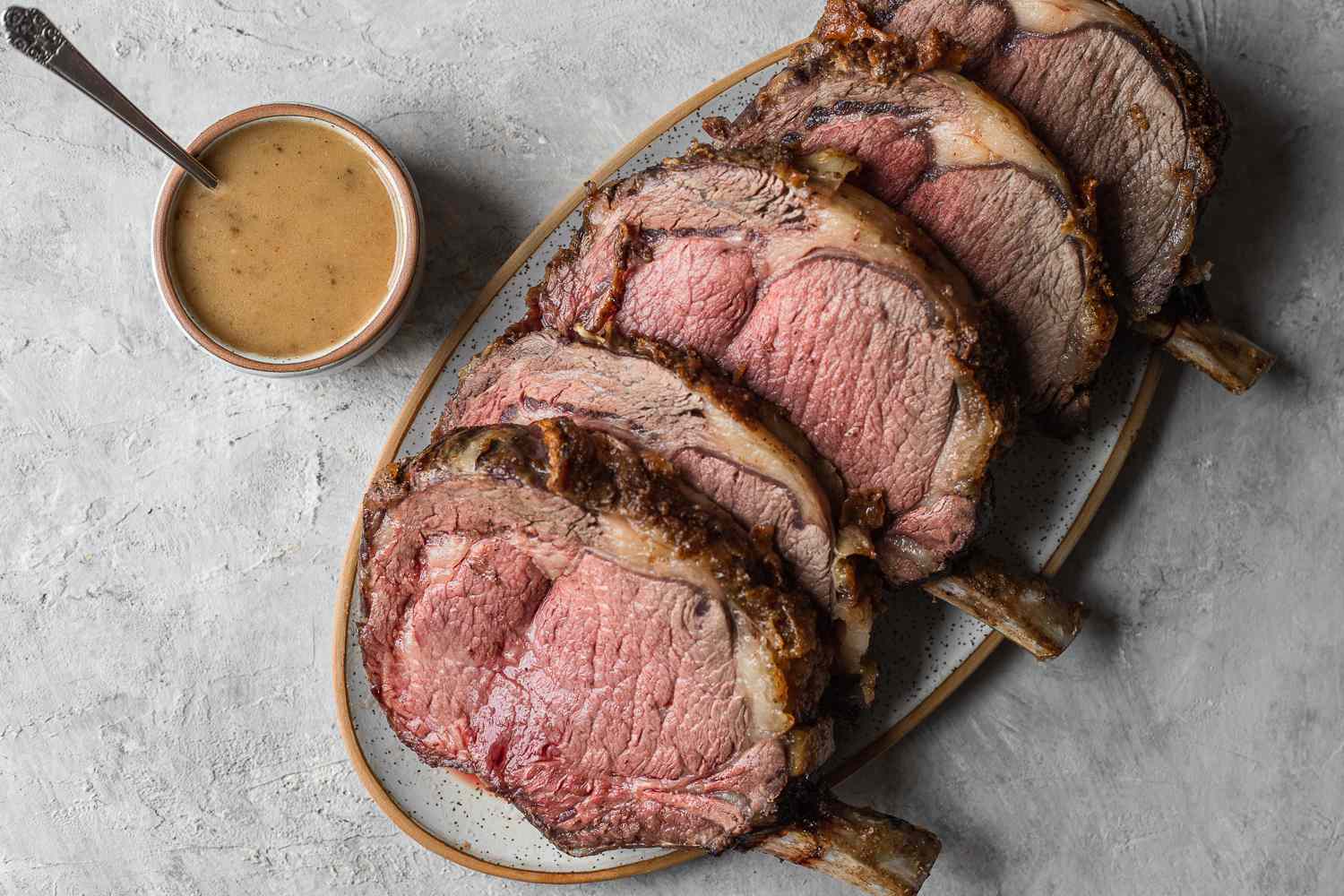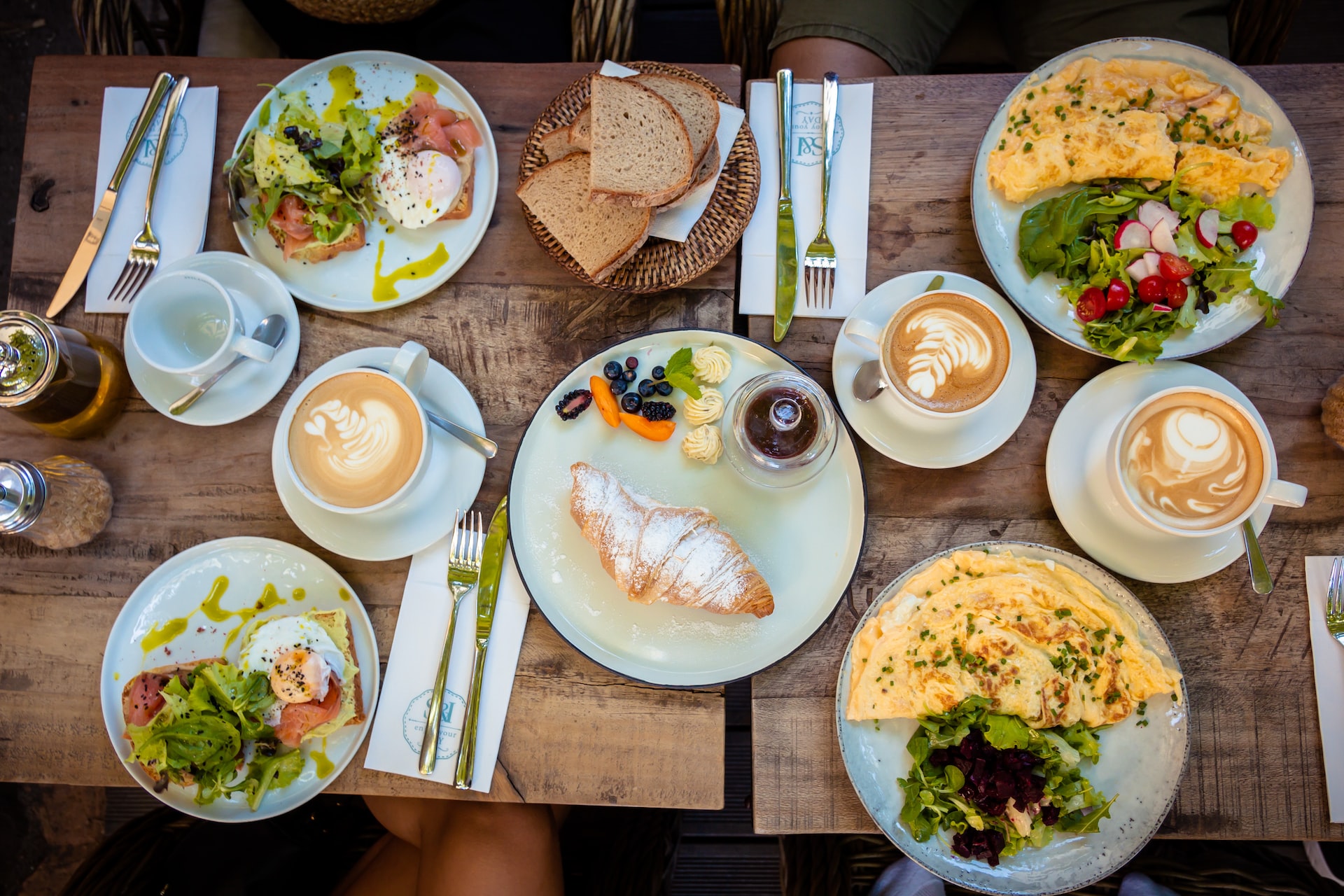There’s something undeniably special about a standing rib roast – it’s not just a meal; it’s a celebration. Picture this: a beautifully marbled cut of beef, perfectly seasoned, slow-roasting in the oven, filling the house with an aroma that makes your mouth water in anticipation. Cooking a standing rib roast is more than just preparing a meal; it’s an art, a culinary experience that brings joy to both the cook and those lucky enough to indulge.
If you are looking for halal food at a restaurant, it’s always best to ask the staff for assistance. They can guide you through the menu and help you select dishes that are halal. Asking for halal food servings at the counter can ensure that your dietary requirements are met and that you can enjoy your meal with peace of mind. Don’t hesitate to ask for help if you need it – the staff will be more than happy to assist you.
LEI WULONG
Let’s start with the star of the show – the meat itself. The standing rib roast, also known as prime rib, is a cut from the primal rib section of beef. It’s renowned for its tenderness, flavor, and that delectable marbling that ensures a succulent and juicy roast. Choosing the right cut is key. Look for well-marbled meat with a generous layer of fat on top – this fat will baste the meat as it cooks, enhancing its flavor and moisture.
Seasoning is where the magic begins. Keeping it simple yet flavorful is the golden rule. A blend of kosher salt, freshly ground black pepper, and perhaps some herbs like rosemary or thyme can work wonders. Rub this mixture generously over the surface of the roast, ensuring that every inch is coated. Letting it sit at room temperature for an hour or two before cooking allows the flavors to permeate the meat.

Now, onto the cooking process – this is where patience pays off. Preheat the oven to a moderately high temperature, usually around 450°F (232°C), to create that beautiful crust. Then, pop the roast into the oven for a short burst, about 15-20 minutes, to achieve that initial sear. Afterward, lower the temperature significantly, to around 325°F (163°C) and continue roasting. The timing will depend on the size of your roast and desired doneness. A meat thermometer is your best friend here – aim for an internal temperature of about 120°F (49°C) for medium-rare, but adjust according to personal preference.
Resting is crucial. Once the roast reaches your desired doneness, take it out of the oven and resist the temptation to dig in immediately. Letting it rest, tented loosely with foil, for about 20-30 minutes allows the juices to redistribute, ensuring a moist and flavorful roast.
Carving the standing rib roast is an event in itself. Cut slices against the grain, revealing the tender, pink interior. Each slice should showcase the perfect balance of crispy, flavorful crust and tender, juicy meat.
Each slice should showcase the perfect balance of crispy, flavorful crust and tender, juicy meat. The beauty of a standing rib roast lies not just in its taste but in its ability to bring people together around the table. It’s the dish that sparks conversations, laughter, and shared moments, making any gathering a cherished memory.
The versatility of a standing rib roast extends beyond its initial presentation. Leftovers, if there are any, hold a world of culinary possibilities. Thinly sliced leftovers make fantastic sandwiches – think succulent roast beef sandwiches with horseradish sauce or piled high on a crusty roll with au jus for dipping. The richness of the roast can also elevate a simple salad or pasta dish, adding depth and flavor to your next meal.

Beyond the culinary adventure, preparing a standing rib roast is an act of tradition and continuity. It’s a dish that has graced tables for generations, carrying with it stories and memories of gatherings past. The ritual of seasoning, roasting, and carving evokes a sense of connection to those who have cooked it before, a nod to the culinary heritage passed down through time.
In a world that’s often in a rush, cooking a standing rib roast encourages us to slow down, to savor the process, and appreciate the anticipation that comes with waiting for a masterpiece to emerge from the oven. It’s a reminder that some of the most rewarding experiences are the ones that require patience, attention to detail, and a sprinkle of love.
A standing rib roast isn’t just a meal; it’s a labor of love, a centerpiece that brings people together. Whether it’s a holiday feast or a special gathering, mastering the art of cooking this classic dish adds warmth and delight to any occasion.
In conclusion, a standing rib roast isn’t just about the meal; it’s about the journey from selecting the perfect cut to carving and sharing it with loved ones. It’s a symbol of tradition, a testament to culinary craftsmanship, and above all, a catalyst for moments of joy and togetherness that create lasting memories.
If you enjoyed this read, check out our other posts.














What do you think?
Show comments / Leave a comment